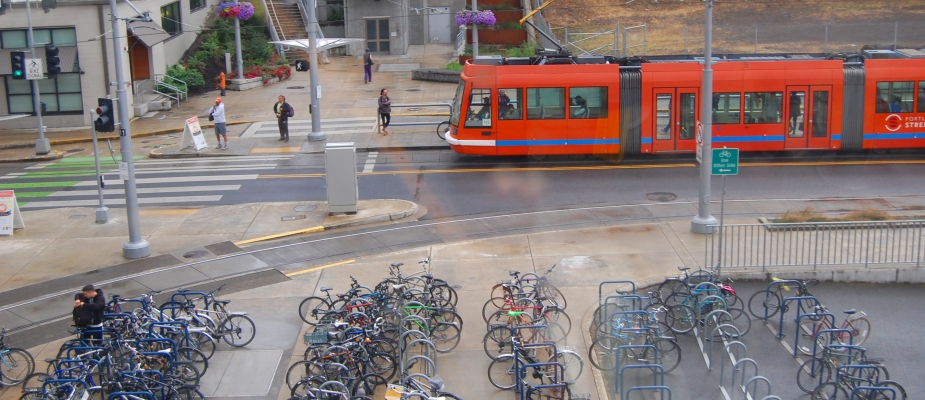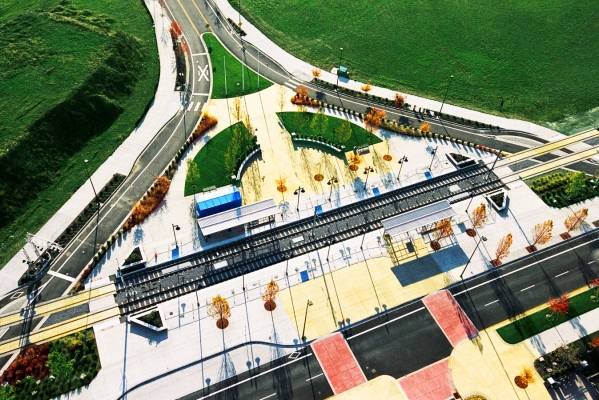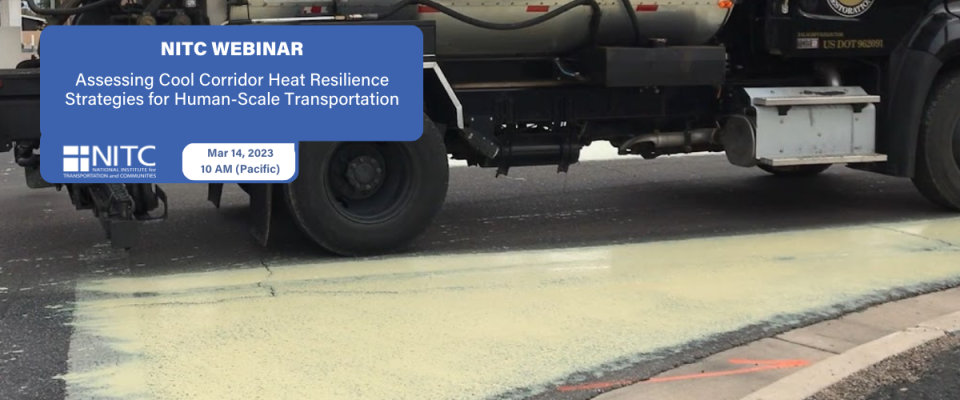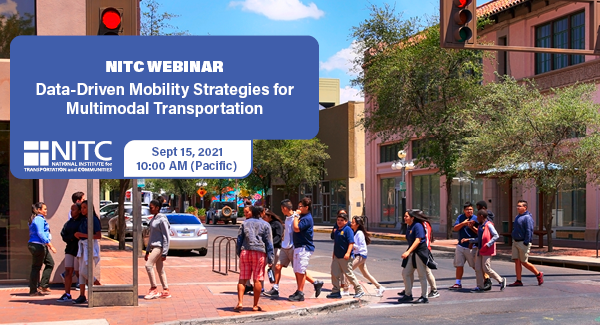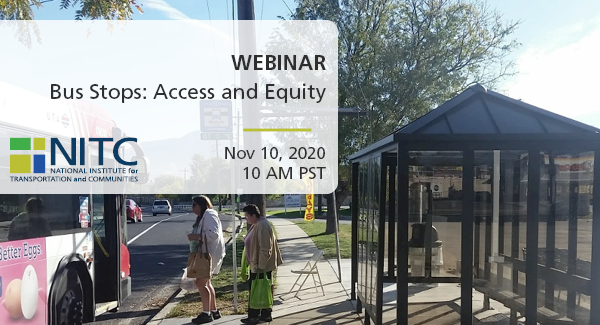Our National Institute for Transportation & Communities (NITC) research program has awarded grant funding for a new series of Small Starts projects.
Small Starts grants assist researchers who are interested in transportation but have not yet had an opportunity to undertake a small project—$15,000 in funding or less—that supports NITC's theme of safe, healthy and sustainable transportation choices to foster livable communities.
The latest projects selected by NITC's executive committee support that theme in exploring livable streets, multimodal safety and transportation efficiency.
The six newly funded projects are:
- Is There a "Buy Local" Case for Lower Travel Speeds? Testing Differences in Driver Recognition of Local Versus National Retail at Different Travel Speeds—Jonathan Bean and Arlie Adkins, University of Arizona (Full Proposal)
- How Will Autonomous Vehicles Change Local Government Budgeting and Finance? A Case Study of Solid Waste, Drop-off/Pick-up Zones, and Parking—Benjamin Clark, University of Oregon (...

